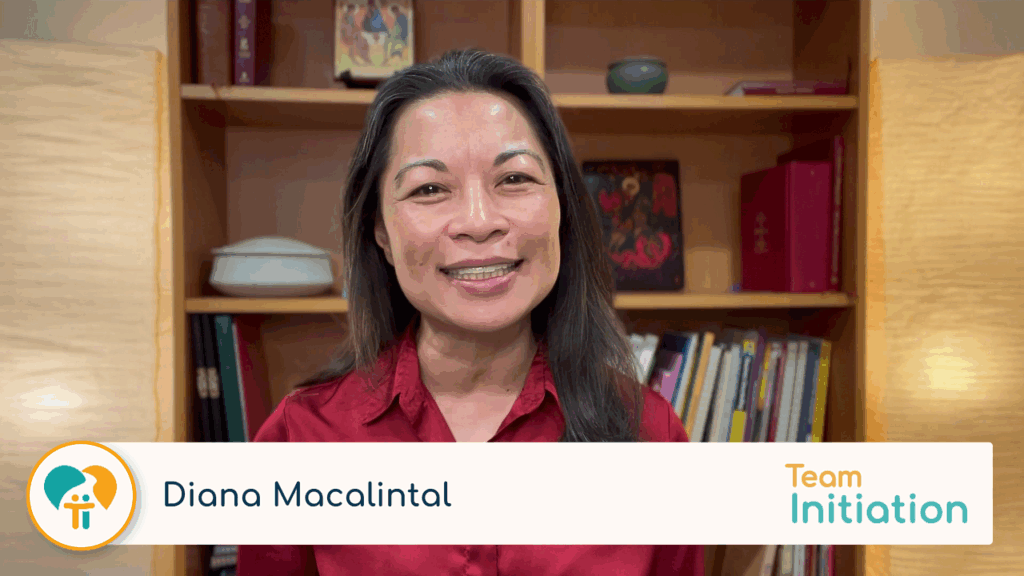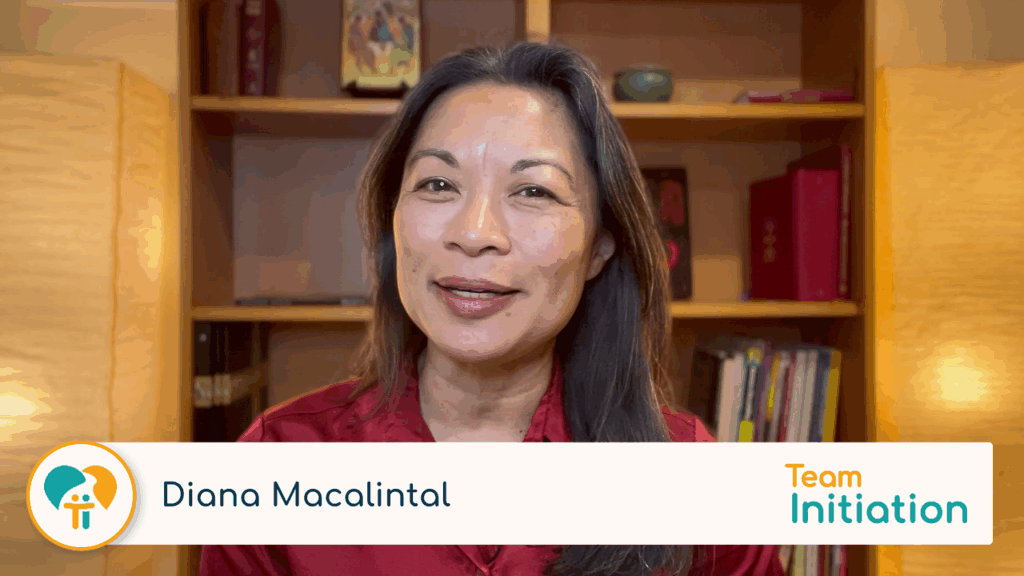
Previously, I looked at some of the pitfalls of trying to celebrate a combined Rite of Acceptance and Rite of Welcome. (See Part 1.) In most cases, the celebration fails the “mother test.” That is, the the combined rite itself is not clear enough that the average parishioner—for example, my mother—would be able to clearly understand what is going on.
We said this rite is often celebrated with five different kinds of candidates:
- baptized, catechized Catholics
- baptized, catechized non-Catholic Christians
- baptized, uncatechized Catholics
- baptized , uncatechized non-Catholic Christians
- unbaptized folks
Who is the rite meant for?
The first step is to celebrate the combined rite only with those it is meant for. That means the first two groups—the catechized candidates—do not belong. There is simply no way to make this ritual make sense if you do it to catechized people. It’s like throwing a bachelor or bachelorette party for married folks. Doesn’t make any sense.
The second step is to take a cue from our Canadian brothers and sisters. They don’t have a combined rite. They celebrate the Rite of Acceptance with the unbaptized and then at some other time they celebrate the Rite of Welcome with the baptized, uncatechized. That makes so much sense! My mother would get that, and so would most parishioners.
The third step is to adapt the Rite of Welcome to be more like a rite of welcoming brothers and sisters who are already part of the Body of Christ and less like an acceptance of those who are outside the church. And conversely, you will want to emphasize those things in the Rite of Acceptance that highlight the transition of those on the outside to those on the inside. That means then that we would take seriously the Rite of Acceptance’s rubric that the liturgy begins outside the church (48). And the Rite of Welcome, of course, begins inside the church, after the entrance song, because the candidates “are already numbered among the baptized” (416).
The fourth step is the Greeting and Opening Dialogue. The rubric invites us to change the dialogue to fit the given pastoral situation (418). Do not do the example text given in the rite. Adapt the dialogue to be an actual declaration of the candidates’ desires. For more on that, see Why the catechumens shouldn’t ask for faith.
In the fifth step, we have The Candidates’ Declaration of Intent. If you have adapted the dialogue so that the candidates are giving real answers to real questions, the presider won’t know ahead of time what the candidates will say. That means the presider will need to listen closely to what the candidates say and adapt his response on the spot. For more about that, see How to tell your catechumens the gospel truth.
And then, I would end the rite with the Affirmation by the Sponsors and the Assembly. The Signing of the Candidates with the Cross seems to parallel too closely the Rite of Acceptance in which we mark the unbaptized with the cross for the first time. The baptized candidates may have been lax in living the Christian life, but they have already been signed at their baptism. The introduction to the rite says as much: “they have been marked by baptism” (412).
I would not do the rites after the homily, which, again, are too closely modeled on the Rite of Acceptance. And, of course, the baptized candidates would not be dismissed from the assembly until the entire Body of Christ is dismissed after the final blessing.
The purpose of this rite is strictly one of welcome. Unlike the Rite of Acceptance, it confers no change of status on the baptized candidates. It is meant to “acknowledge that the candidates are already part of the community” and to offer our support to them (412). We accomplish this best if we keep the rite simple, yet profound, without trying to make it into more than it is meant to be. And I’m sure my mother would agree!











